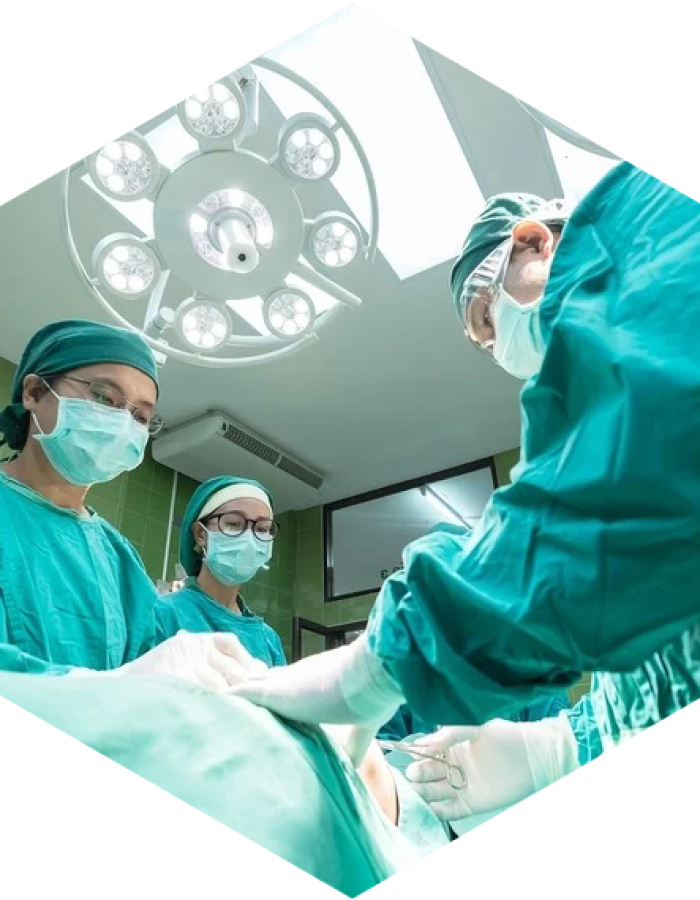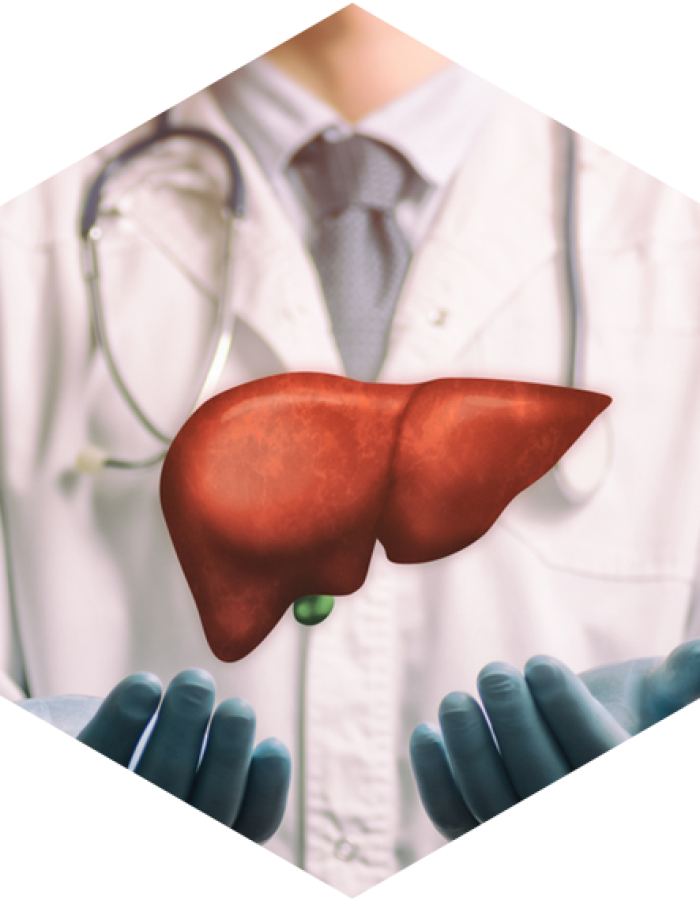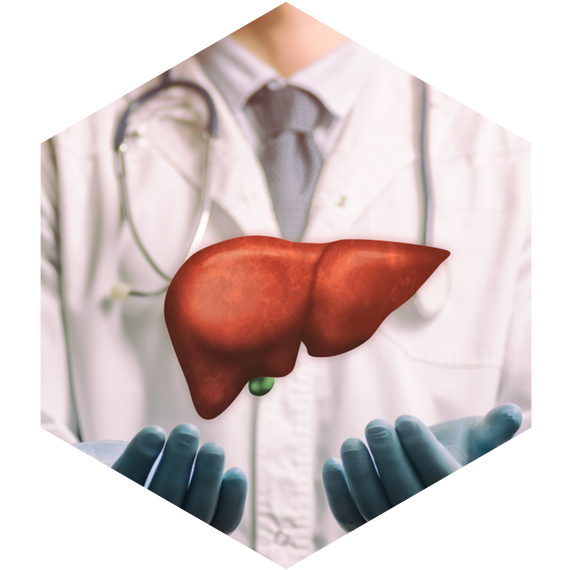What is Combined Kidney & Liver Transplant ?
Combined liver & kidney transplant is a complex surgery that is known to benefit patients who have diseases related to both the organs. This also includes patients with potentially reversible kidney failure, and has been receiving dialysis for more than two months.
It has been found that there might be certain long-term benefits to combined liver & kidney transplant, in comparison to only a kidney transplant. The patients also show a lower incidence of chronic injury to the kidney,and a better overall kidney function subsequent to five years post procedure.




